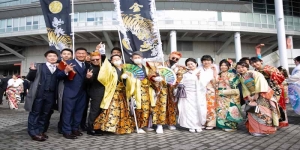Tsukuyomi no Mikoto 月夜 見 尊 The Divinity of the Moon
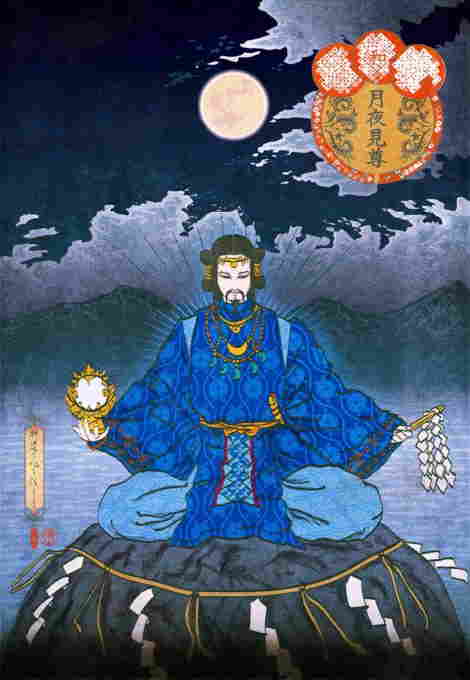
Tsukuyomi-no-Mikoto (月夜 見 尊) sometimes abbreviated simply Tsukuyomi is one of the main Kami deities of the shintō, one of the meanings of its name is: 「Moonlit night」 is considered the divinity of the moon, very important in the celestial hierarchy in Japanese myth and religion.
In according to Kojiki, the father of all Kami (Izanagi) and his sister and partner Izanami created all the divinities by entrusting each one of them with his task, until Izanami died in childbirth due to the burns caused in generating Kagutsuchi (the deity of fire) .
Traditions ad Folklore, Tsukuyomi no Mikoto, Mauro Piacentini
The kamidana 神棚 is the small shrine in the house of the Japanese.
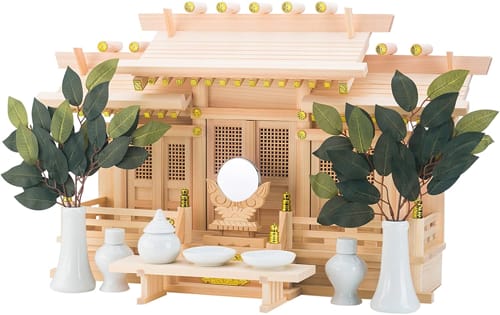
In all Japanese houses (but not only), or rather in those that follow Shintoism, there are small shrine that reproduce the Shinto shrines and inside there is the Kami (the divinity).
The kamidana are small or medium / large structures that reflect the architecture of Shinto shrines, in this case the models refer to the shape of the shrine of Ise (Miyagata), they can be of different types, the smallest have only "one door" others even more and inside it is kept an ofuda 御札, that is a sheet or a wooden "bar" on which are engraved formulas and names that embodies the god to be venerated.
Otoshidama お年玉 the Gift that Children and Adults are Waiting for
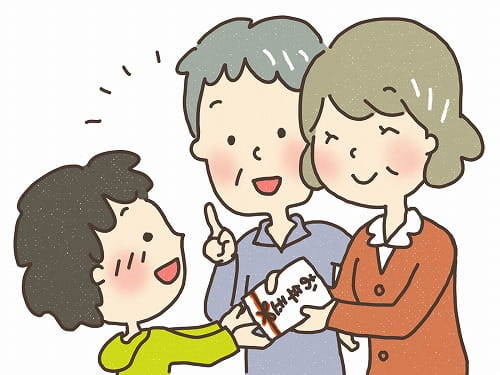
Otoshidama お 年 玉 is an gift, we can said is one of the Japanese traditions, where relatives, parents or close friends give money to children (but also to adults) with the first days of the year.
A particular custom, we could see it often in films, but especially in anime and manga. Very interesting and certainly features that children, but as mentioned at the beginning, not only them, are also waiting to be able to spend them immediately.
Osechi-ryōri 御 節 料理 Traditional New Year Food
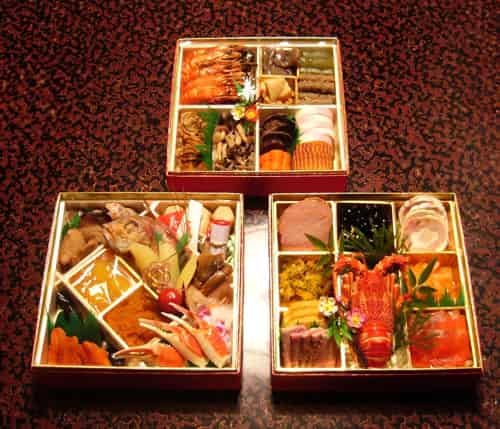 In Japan there are some periods of the year that are "sacred" and not only in the spiritual sense, but days where the tradition is followed to the letter, the past returns to homes and especially to the tables of the Japanese.
In Japan there are some periods of the year that are "sacred" and not only in the spiritual sense, but days where the tradition is followed to the letter, the past returns to homes and especially to the tables of the Japanese.
Osechi Ryori, or simply Osechi as they are commonly called, are traditional foods of Japanese cuisine, which are eaten with family or friends on New Year's Day. These are different types of dishes, we'll talk about it later, which are packaged in boxes called Jūbako 重 箱 similar to bento boxes, to give you a familiar image.
Kotodama 言霊 - The Power of Words in Japan
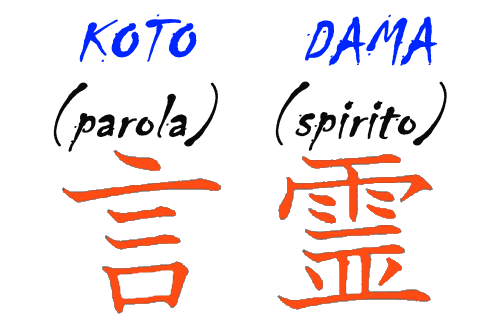
People often said that words have a soul, that their importance is reflected in what a person does. In Japan this has been true since ancient times when it was believed that words "bind" the one who pronounces them and those to whom they are addressed.
Withthe word Kotodama 言 霊 we refer to the Japanese popular belief that words contain a mystical power, pronouncing them can "magically" affect objects, the environment and things around us.
More Articles …
Page 3 of 7

 English (United Kingdom)
English (United Kingdom)  Italiano (it-IT)
Italiano (it-IT) 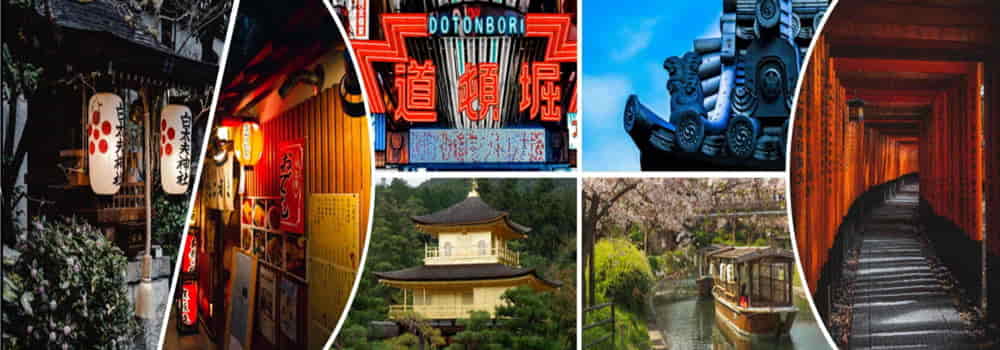
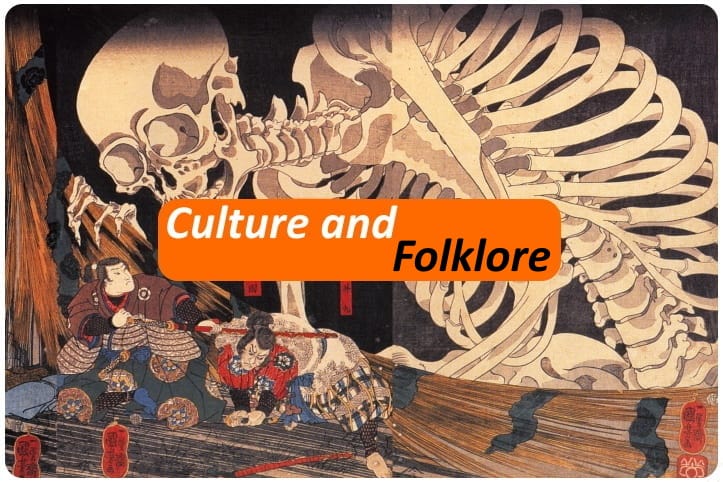


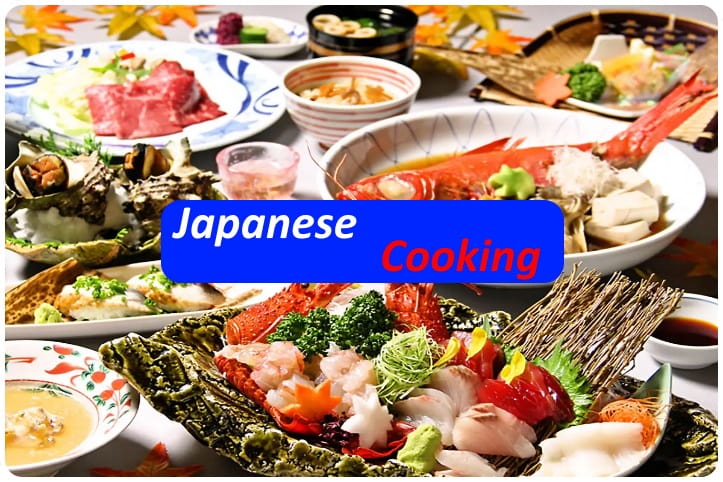

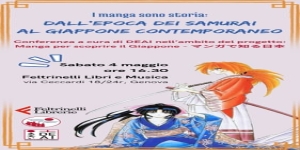
![[Review] Princess Toyotomiプリンセス トヨトミ](https://www.fukainihon.org//cache/mod_jt_contentslider/fdfb524f85518b9476158c79c8ea022f_328.png)

